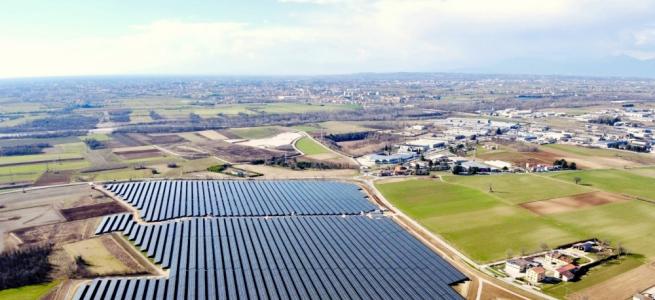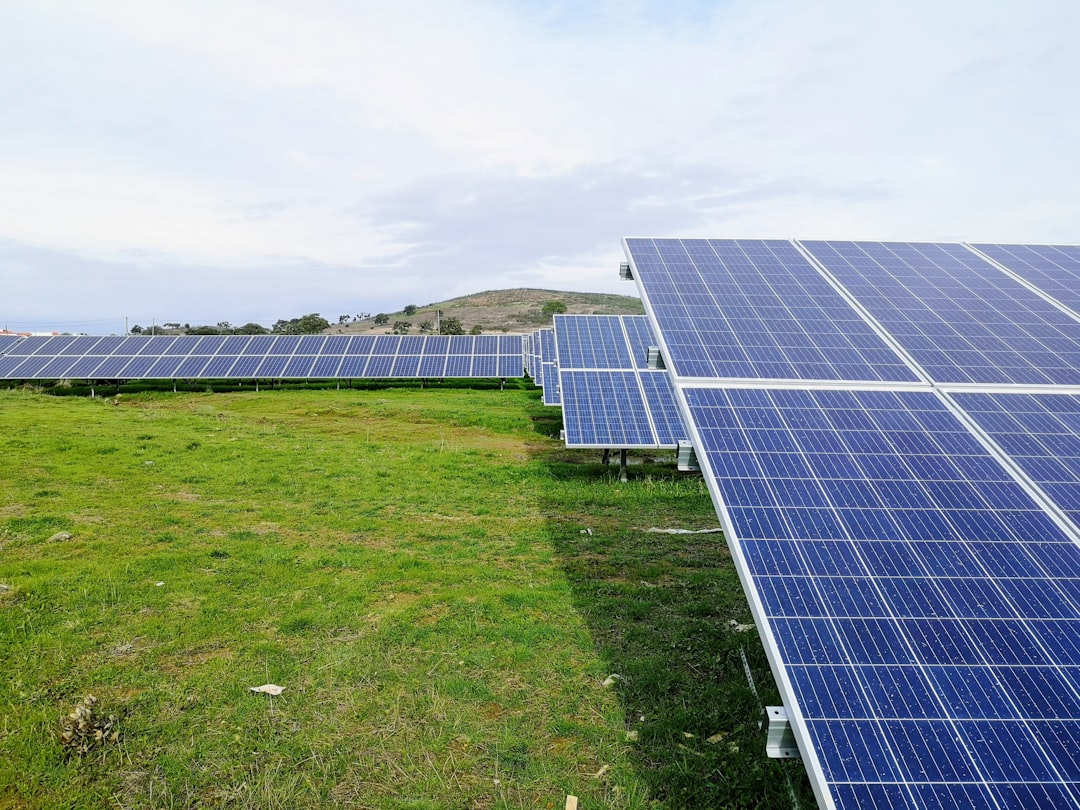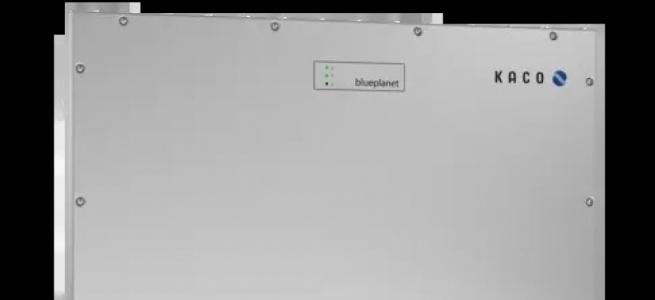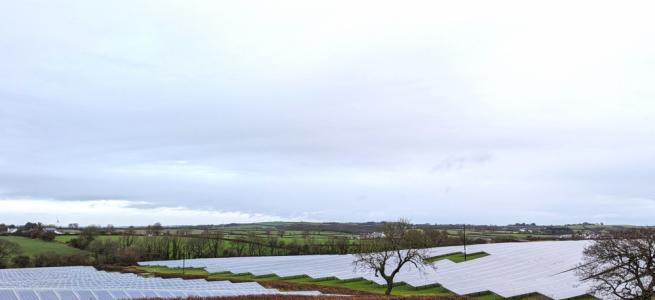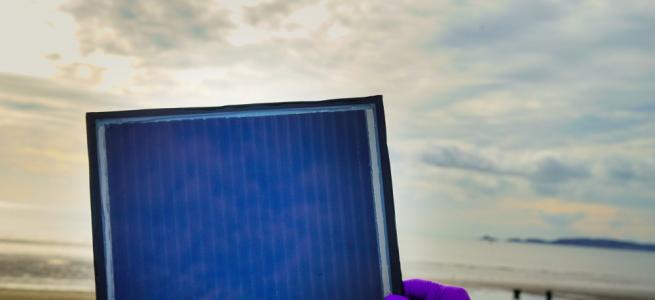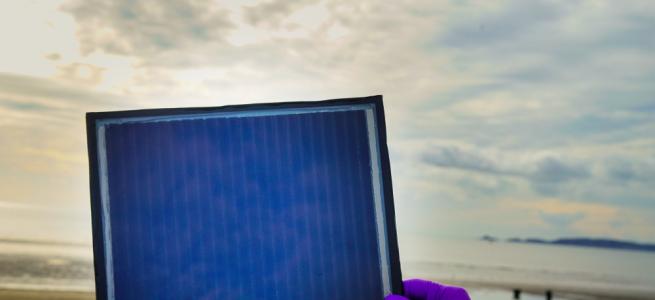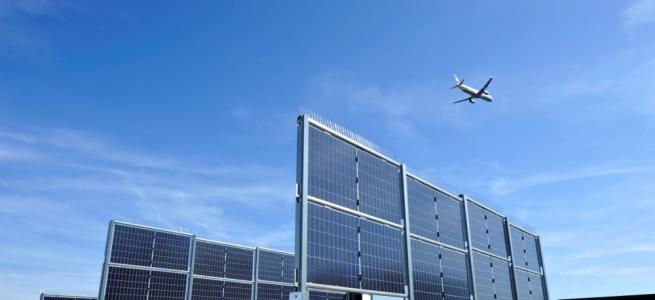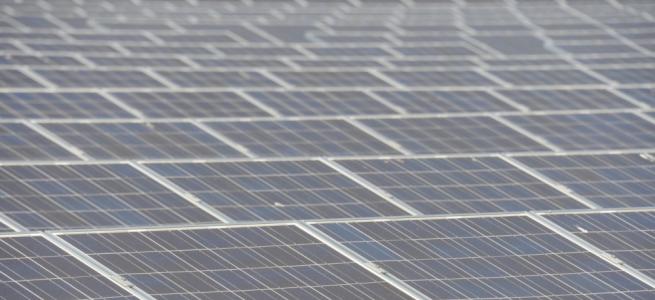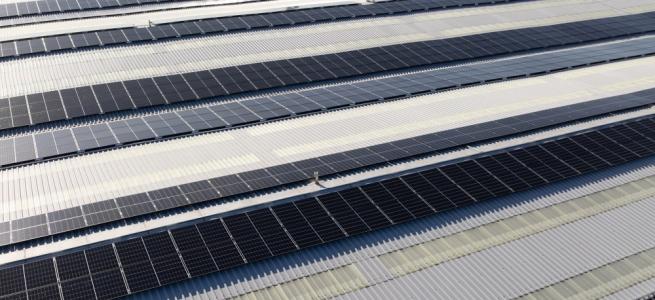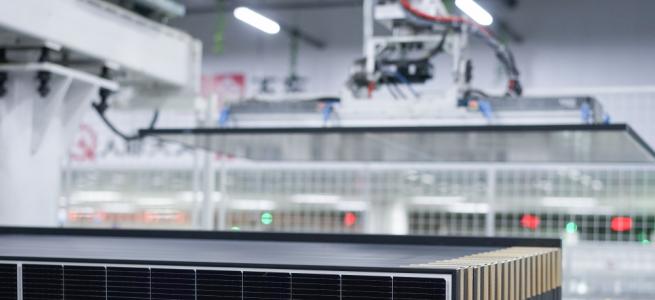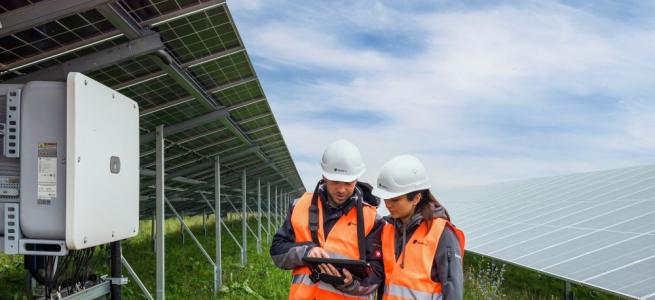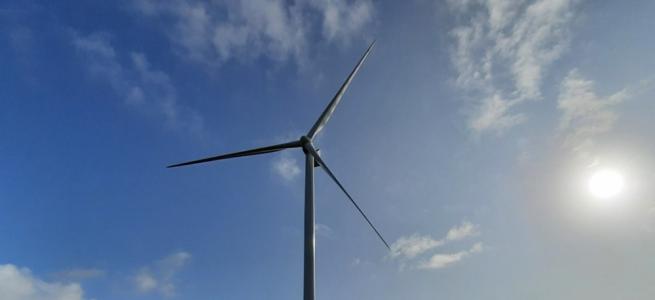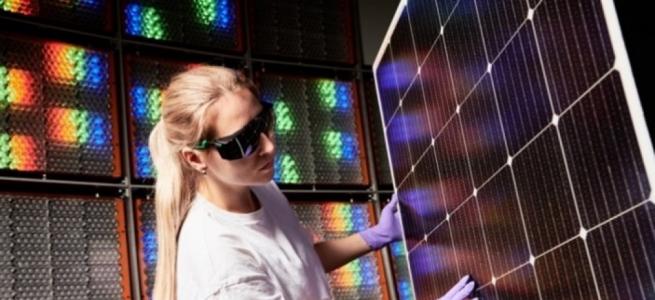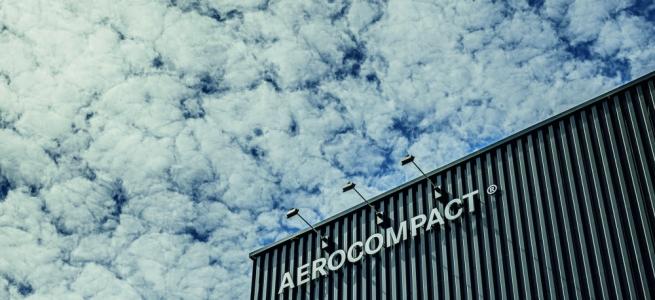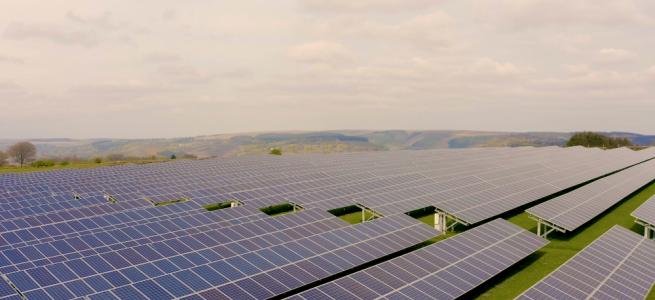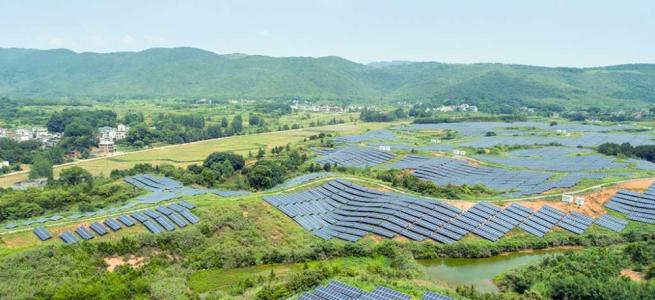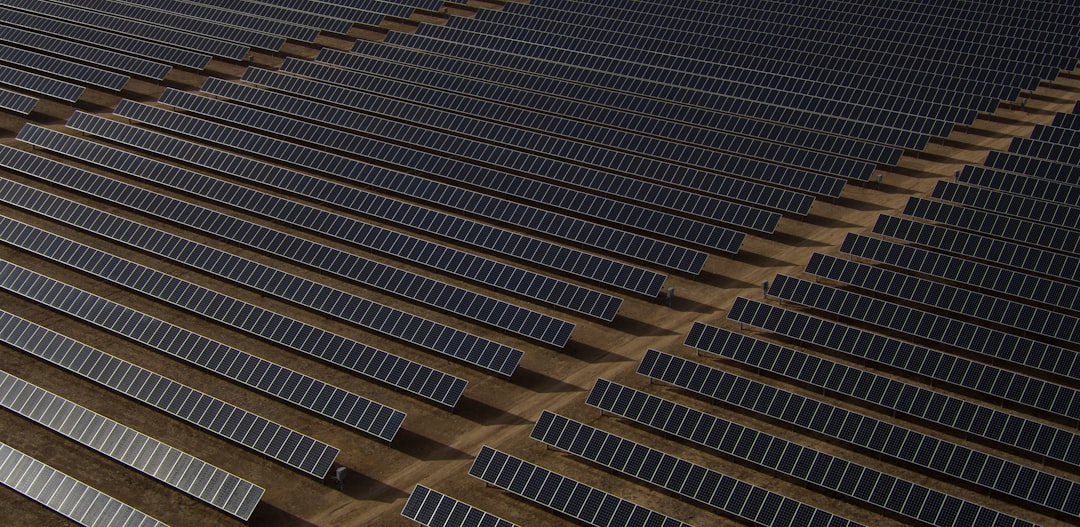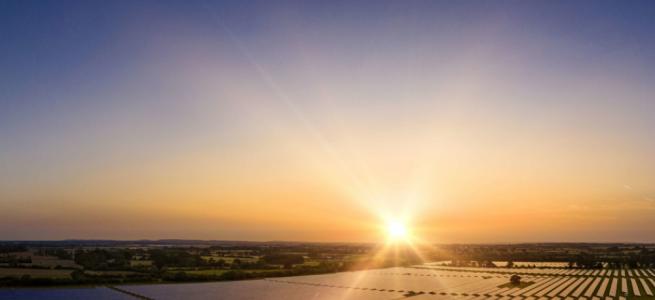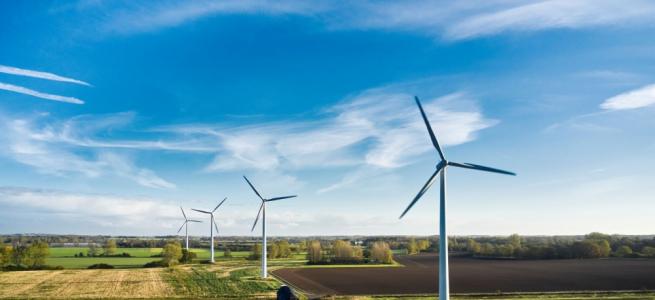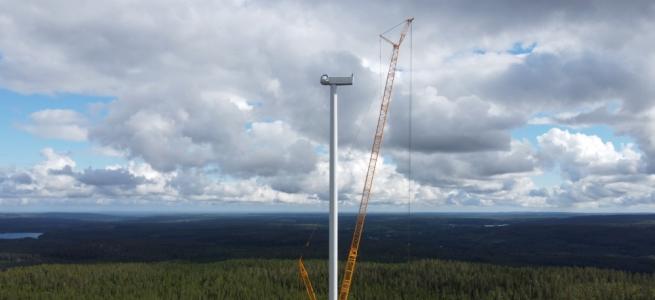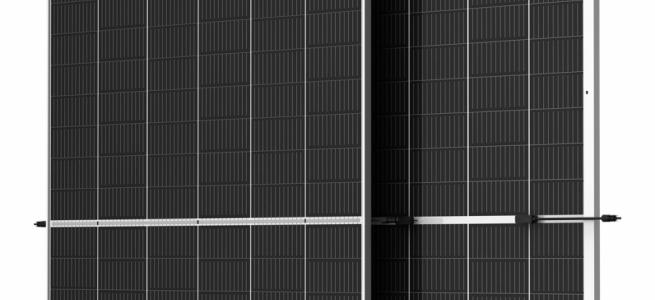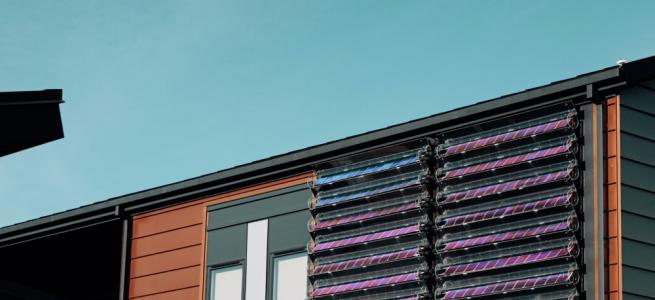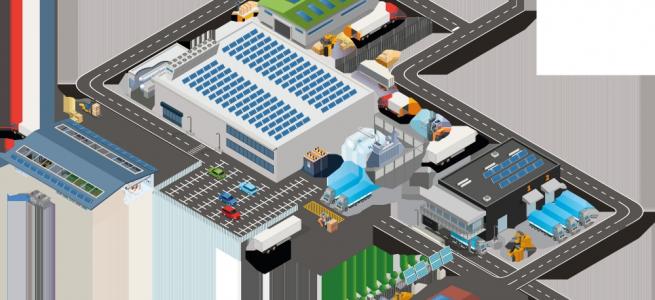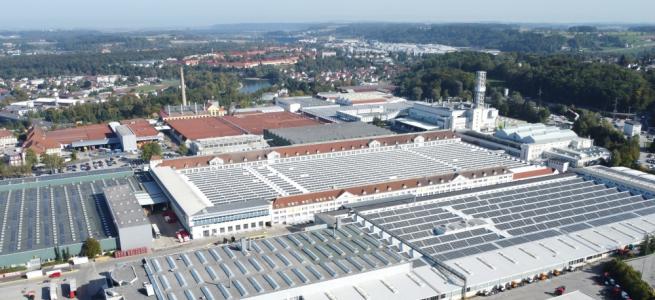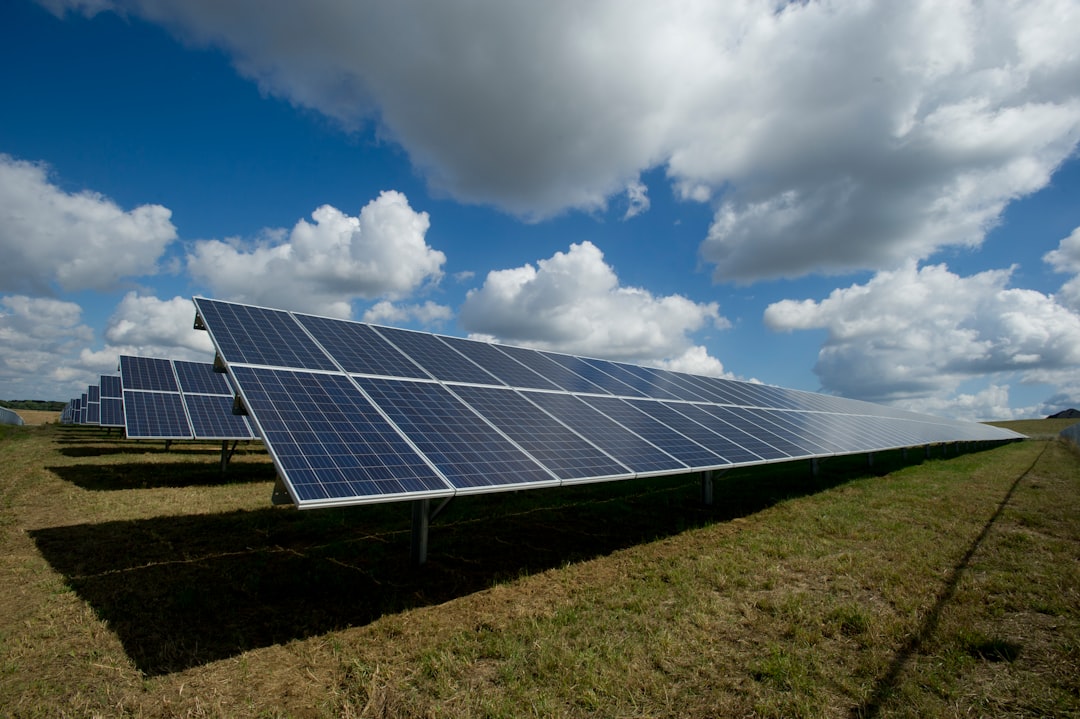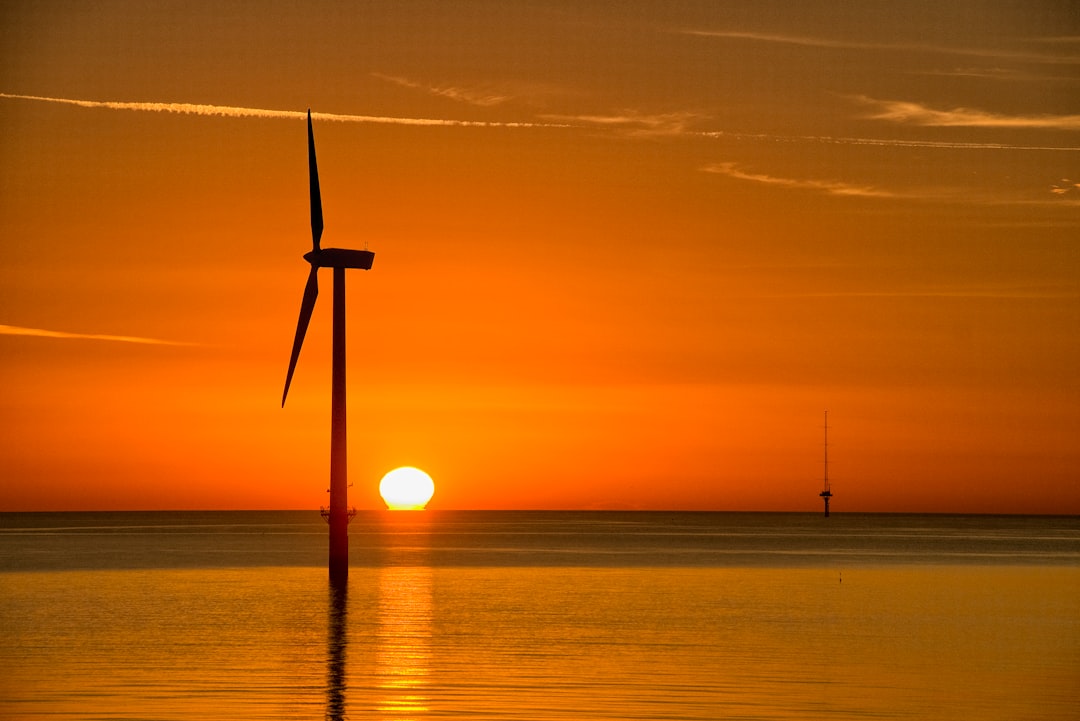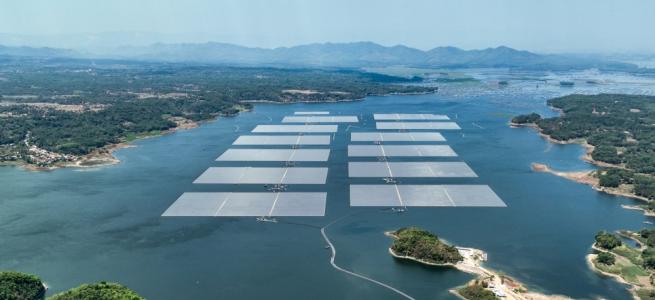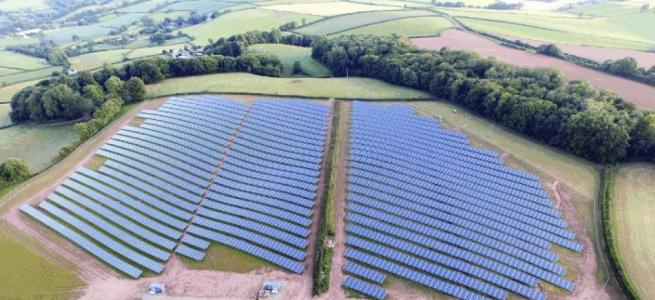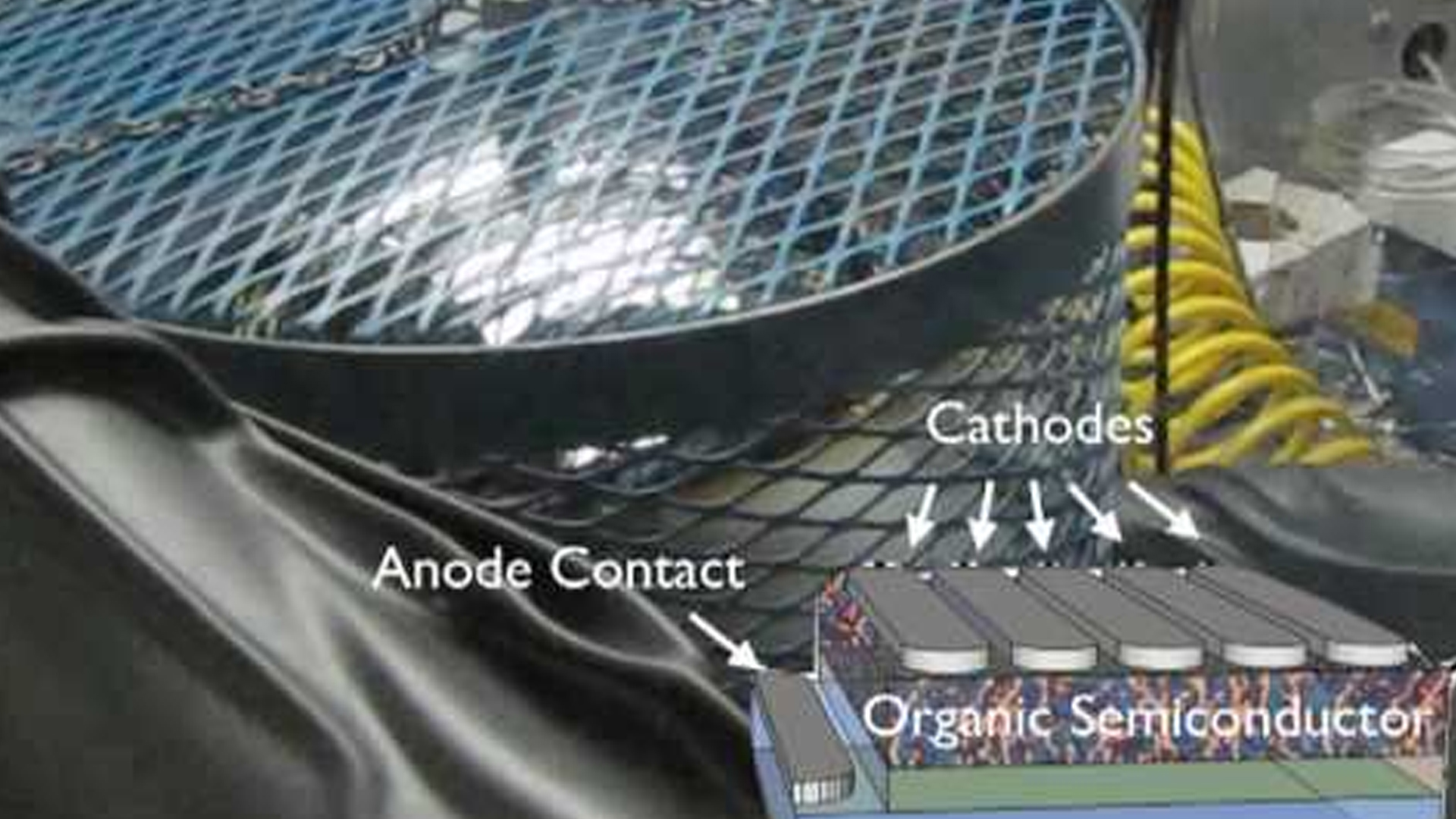Self cleaning solar
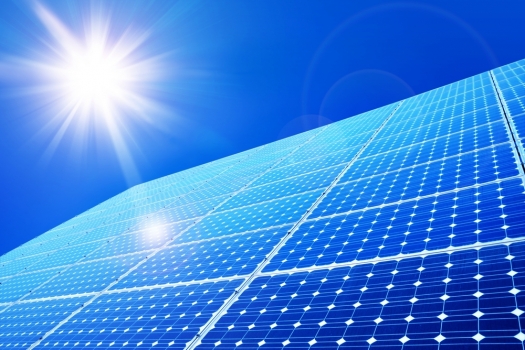
High-power, self-cleaning solar panels might be coming soon to a roof near you. There are two obvious problems with photovoltaic cells, solar panels. First, they are very shiny and so a lot of the incident sunlight is simply reflected back into the sky rather than being converted into electricity. Secondly, they get dirty with dust and debris caught on the wind and residues left behind by rain and birds. Now, research published in the International Journal of Nanomanufacturing suggests that it might be possible to add a nanoscopic relief pattern to the surface of solar cells that makes them non-reflective significantly boosting efficiency and at the same time making them highly non-stick and self-cleaning.
Zuobin Wang of Changchun University of Science and Technology (China), Jin Zhang of Xi'an Technological University (China) and colleagues at Cardiff University (UK), who are partners of the EU FP7 LaserNaMi project, have devised an approach to lithography, the process used to "print" microelectronic circuits, that allows them to add a pattern to the surface of a solar cell. The features of the pattern are so small that individual parts are shorter than the wavelength of light. This means that incident sunlight becomes trapped rather than reflected passing on more of its energy to electricity-generation process that takes place within the panel.
The same pattern also makes the surface of the solar cell behave like the surface of a lotus leaf, a natural material that is known to be very water repellant, or hydrophobic, so that particles and liquids that land on it do not become stuck as there is no surface to which the droplets can grip. When it rains any deposits are sloughed away and the rainwater runs off efficiently leaving the panel clean and dry after the downpour.
The team's work indicates that a patterned layer on top of the active part of the panel can avoid the energy losses due to reflection from the surface. It directly boosts absorption of sunlight in the visible spectrum and into the near-infrared part of the spectrum, all of which contributes to a boost to the overall electrical efficiency of the panel. The team suggests that printing the surface of the photovoltaic cell so that it is covered with nanoscopic cones would provide the optimal combination of making the panel non-reflective and hydrophobic and so self-cleaning.
Reference
"Nanoscale structures for implementation of anti-reflection and self-cleaning functions" in Int. J. Nanomanufacturing, 2013, 9, 520-531


